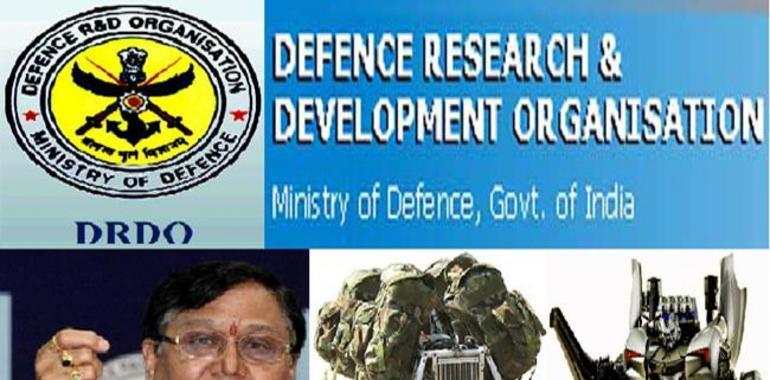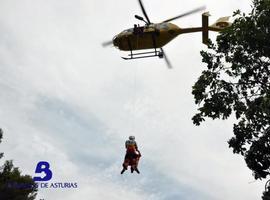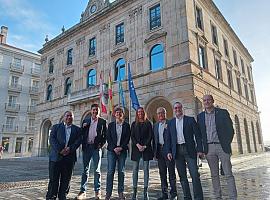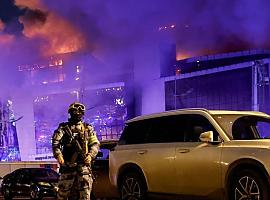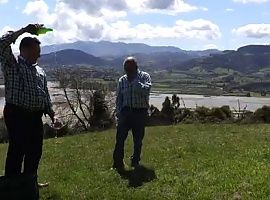New Delhi, July 5, IRNA – India's Defence Research and Development Organisation (DRDO) is in the process of developing robotic soldiers, which would take a final shape soon, a top official said Thursday in Coimbatore
These soldiers are capable of sensing and clearing mines, which would benefit and help all forces and works are going on in Bangalore and Pune units, V K Saraswat, Director General, Defence Research and Development Organisation, told reporters in Coimbatore, a city of Tamil Nadu State, PTI news agency reported.
DRDO was also building a robot mule to carry heavy luggage upto 400 KG to high altitudes and more details would be available by the year end.
Since soldiers develop many physical problems, the organisation has now started working on high altitudes and carrying out research on how to mitigate these problems, he said. 'We are also developing medicine for them and also working on high altitude agriculture.'
On export of Brahmos missile, Saraswat, here to inaugurate the transit facility at Bharathiar University-DRDO Centre for Life Science, said there was huge demand for the missile from other countries, including Indonesia and Malaysia. However, there was no proposal to export now, as there was need to produce them to meet India's demands, he said.
DRDO was looking for one more production centre for the missiles, which at present were being produced at Hyderabad and Thiruvanthapuram, he said.
'First time, we are now producing complex missiles in large numbers. Akash is in the production stage and a few companies like Bharat Electronics Ltd are manufacturing it. This is a very good sign. We have achieved 80 percent self-sufficiency in missiles,' Saraswat said.
It was also a good sign that about 400 industries were involved, by contributing components for the missiles.
'We are improving our self-reliance, and in self-reliance index we have reached about 55 percent in the past 10 years.'
